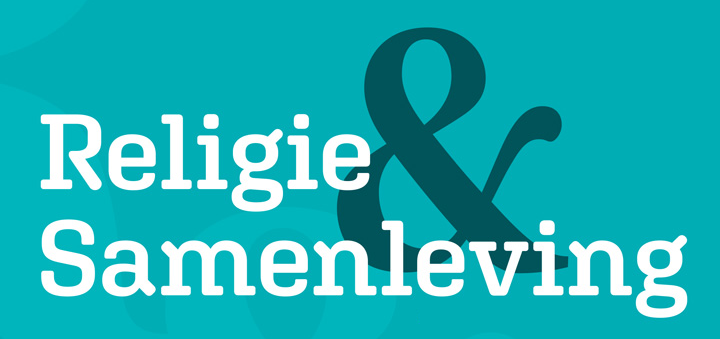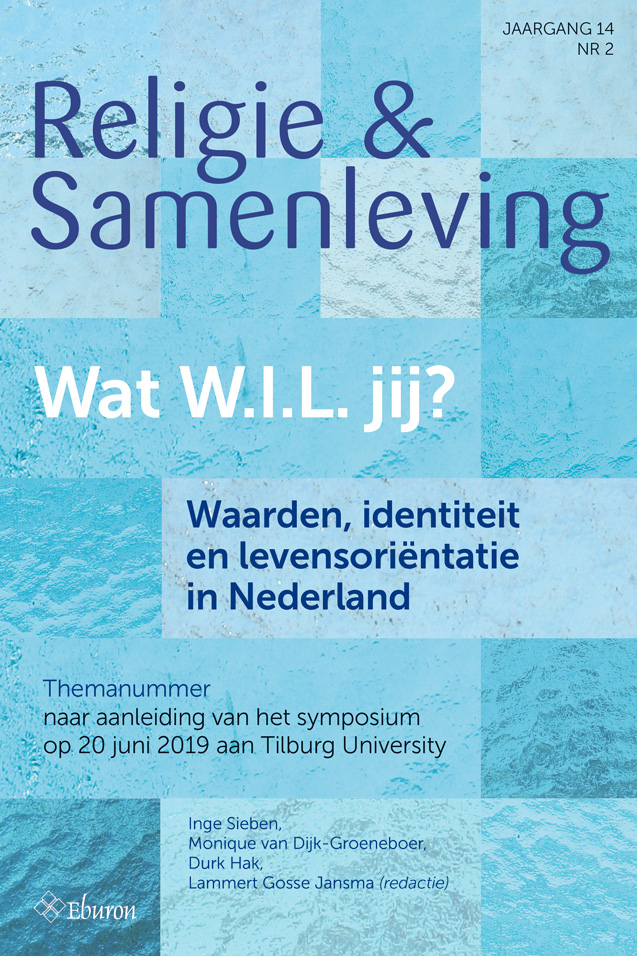Jongeren en hun waarden
DOI:
https://doi.org/10.54195/RS.11577Samenvatting
A longitudinal survey was conducted amongst 2300 pupils of secondary confessional schools in the Netherlands. Their religious background, activities and opinions are described and trends therein are searched for. There is a further decline in religious belonging towards traditional religious frameworks. Pupils find inspiration amongst family and friends, in music, sports and nature. Their values are not changing much over time, so still ‘being free and independent’, ‘enjoying life’ and ‘being happy with oneself’ as well as ‘being a good human being’ and ‘adding towards a just society’ is valued. When searching for their own words for existential issues their language is found. In the future this language might add to the open dialogues in the classroom. By doing so, a new way has to be found on which religious education and youth ministry can be based.




